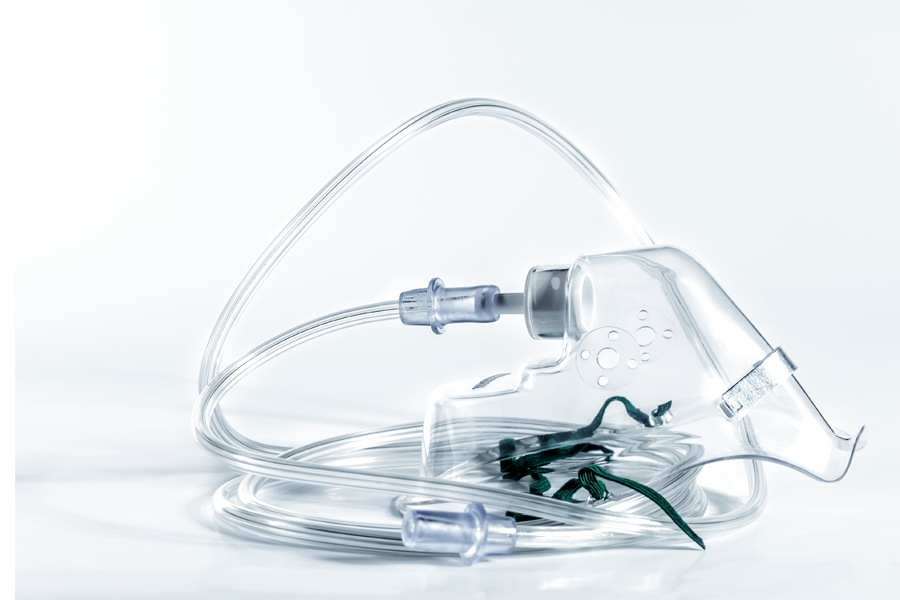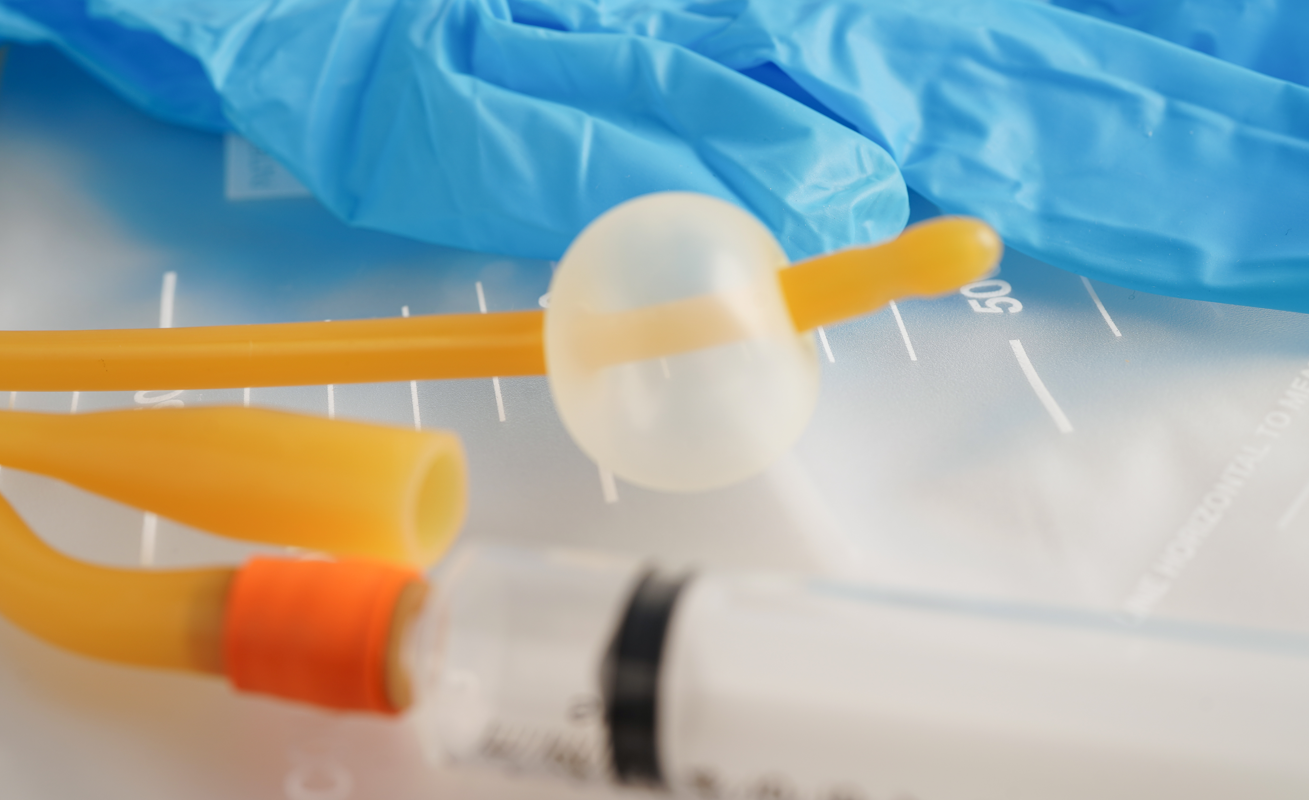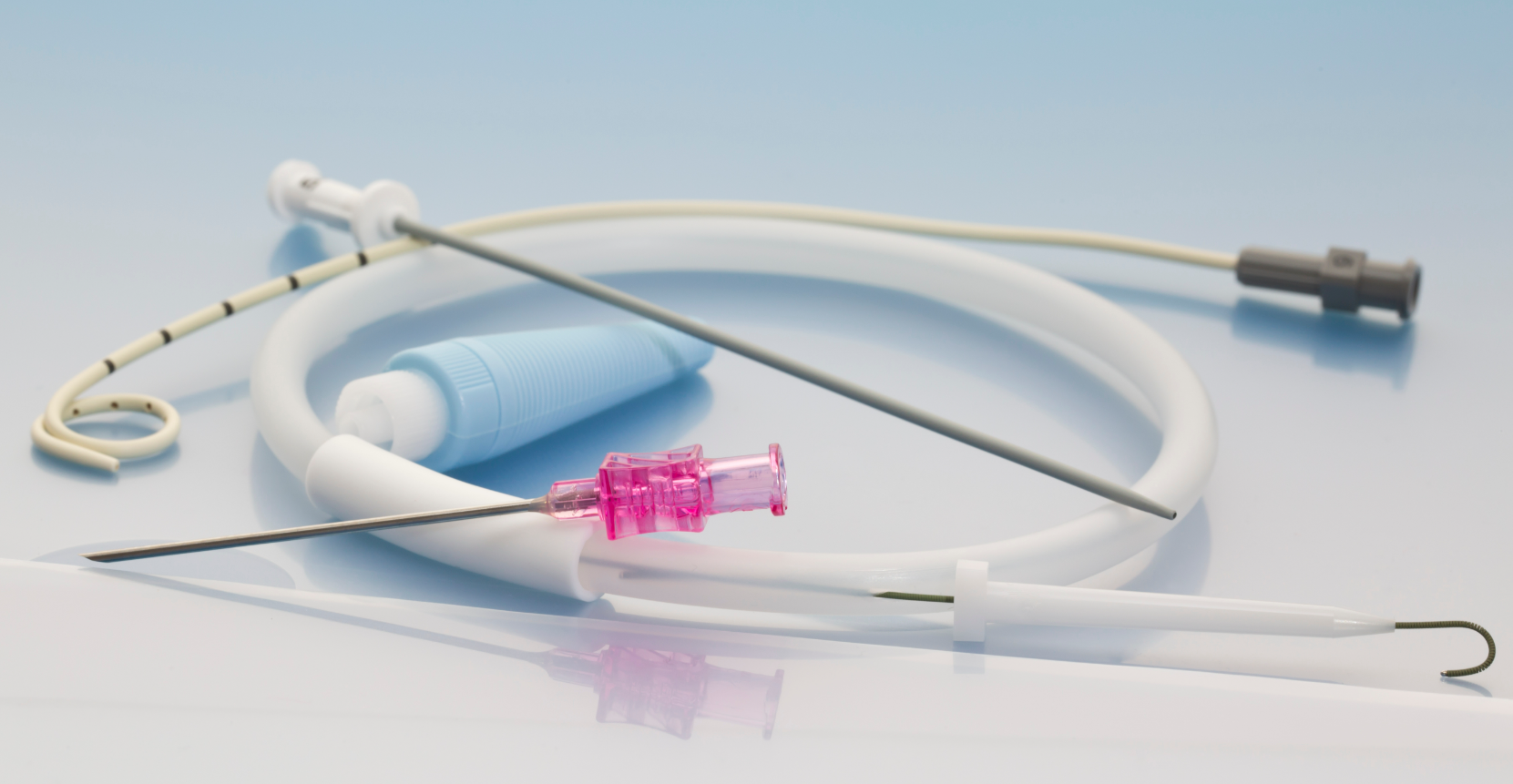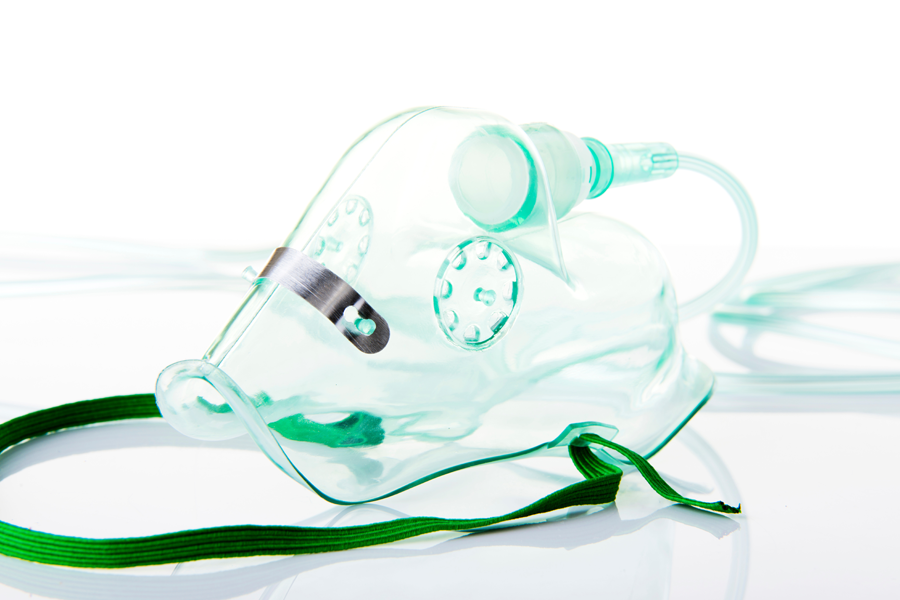
Nebulizer Mask
Device Type: Anesthesiology - Therapeutic
FDA Description:
A nebulizer mask is an accessory designed to deliver aerosolized medication directly to the respiratory system. Classified as a Class II device under 21 CFR 868.5630, it requires compliance with FDA standards for safety and effectiveness, including performance testing and biocompatibility. The FDA product code for nebulizer masks is CAF.
General Description:
Disposable masks are single-use protective devices designed to cover the nose and mouth, providing a barrier to airborne particles, droplets, and pathogens. These devices are essential in healthcare, industrial, and public settings, offering protection against respiratory hazards and enhancing personal safety. They are commonly used by medical professionals, factory workers, and the general public during health crises or in polluted environments.Constructed from multiple layers of non-woven fabrics, disposable masks incorporate a central filtration layer made of melt-blown material to ensure high-efficiency particulate filtration. The outer layer provides splash resistance, while the inner layer ensures user comfort. The materials are carefully selected for their hypoallergenic properties, breathability, and compliance with regulatory safety standards. High-quality plastics and advanced fabric bonding techniques, such as ultrasonic welding, are used to ensure a lightweight, durable, and cost-effective product.
Designed for mass production, disposable masks are optimized for portability and rapid distribution. They are disposable by design, eliminating the need for cleaning or sterilization, which reduces cross-contamination risks. This makes them particularly well-suited for fast-paced environments such as hospitals, factories, or disaster relief operations. The product’s design focuses on achieving a balance between comfort and protection while ensuring compliance with international respiratory protection standards.
The masks’ performance is validated through rigorous testing for filtration efficiency, breathability, and durability under various environmental conditions. Their design continues to evolve, incorporating innovations such as antimicrobial coatings and biodegradable materials to meet emerging challenges in sustainability and user safety. By addressing the needs of diverse applications, disposable masks remain an indispensable tool in public health and workplace safety.
Oxygen Mask
General Report
Project Overview
Cost & Time Estimates
Development Complexity
Technological Readiness
Regulatory Approval
Market Potential
Development Phases & Milestones
Resource Allocation & Team Involvement
Risk Mitigation Strategies
Investment & Financial Outlook
Feasibility
Understanding Your Feasibility Score
The Feasibility Score bar provides an assessment of your project’s path to market, with higher values indicating lower complexity and fewer anticipated obstacles.
- 0 - 39 (Low Feasibility): This range suggests that the project may face significant challenges due to high complexity or extensive requirements. Additional planning, resources, or risk mitigation strategies will be necessary.
- 40 - 74 (Moderate Feasibility): Projects within this range indicate a moderate path to market. While the overall complexity is manageable, some areas may require refinement or further development to ensure project stability and success.
- 75+ (High Feasibility): A score in this range indicates a relatively straightforward path to market, with low complexity and minimal additional work expected. This project is well-positioned to progress smoothly.
The Feasibility Score is a general guide, not an absolute measure of project success. We recommend using this score as part of a broader assessment and considering additional expert guidance for a comprehensive evaluation.
Cost & Time Breakdown
Phase I
Phase II
Phase III
Phase IV
Phase V
Disclaimers & Limitations
- Generalizations: This report provides a high-level overview based on standard assumptions and does not account for unique device characteristics. Actual costs, timelines, and risks may vary significantly depending on the device's design, use case, and target market.
- Assumptions of Device Class and Use: Assumptions were made regarding the device's classification and intended use. These assumptions can impact regulatory requirements, costs, and timelines. Specific regulatory pathways, for instance, may differ based on the device's risk classification and market entry strategy.
- Market and Regulatory Dynamics: Regulatory requirements and market conditions are subject to change. The report's cost and timeline estimates may be affected by evolving regulatory landscapes, standards, or unforeseen market dynamics, which could delay approval or require additional testing.
- Risk Assessment Limitations: Risk levels and mitigation strategies are based on general device categories and may not fully address specific technical or operational risks unique to the product. Thorough risk assessments should be tailored to the device's complexity, materials, and usage.
- Development Phases and Milestones: The development phases outlined here follow a typical medical device development pathway, but real-world project phases may overlap or require iteration due to unforeseen challenges or design changes.
- Cost and Timeline Variability: The cost and timeline estimates are based on standard industry benchmarks but do not account for project-specific adjustments. Factors like unexpected technical challenges, prototype iterations, or regulatory re-submissions can significantly impact final costs and schedules.
- Reliance on Industry Standards: The report relies on common industry standards for development and testing. However, additional standards specific to certain device features or regions may apply, affecting compliance requirements and associated timelines.
- Testing and Validation Scope: Testing and validation requirements are generalized. Devices with novel materials, complex electronics, or unique features may require additional, specialized tests, potentially extending both cost and duration.
- Supplier Chain for Complex Equipment: If your device includes advanced 'add-in' equipment like sensors, lasers, pumps, or vision systems, etc., the development timeline and associated costs will require a custom report.
.png?width=4200&height=441&name=Zewski_Report%20Logo%20(Shirts).png)


